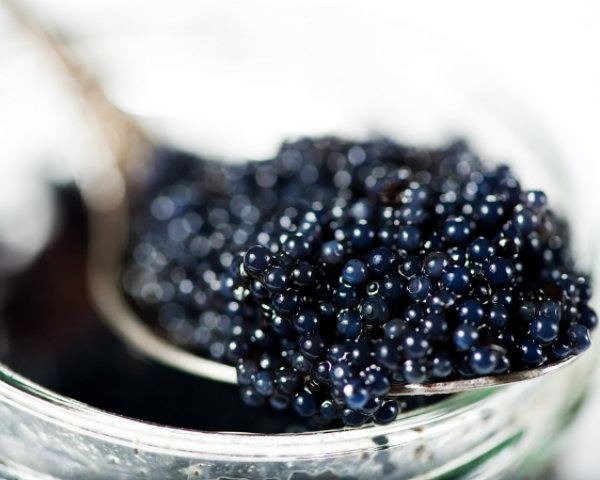10 Foods That Are Highest In Cholesterol
Managing your health is an important daily task, but it definitely isn't an easy one. You have to know a lot about your body, and know the best way to treat it. When it comes to managing important levels in your body, like cholesterol, there is a lot of gray area to navigate.
Click here to see the 10 Foods That Are Highest in Cholesterol (Slideshow)
To help you manage this important aspect of your health, we spoke with cardiologist Dr. Kevin Campbell to help you better understand cholesterol in terms of food and its potential effects on your body.
The Daily Meal:What counts as "high cholesterol"?
Dr. Kevin Campbell: We define high cholesterol as the following profile: Total cholesterol 200, LDL (bad cholesterol) 100, HDL (good cholesterol) 35, and triglycerides 150.
TDM:What is the major misconception about the two types of cholesterol?
Dr. Kevin Campbell: LDL, or bad cholesterol, contributes to the formation of fatty plaques and can contribute to blockages in the heart arteries (coronary arteries). HDL, or good cholesterol, actually helps the body remove fats from the blood stream via the liver. If HDL cholesterol is low (less than 35), it can be a significant risk factor for coronary artery disease.
TDM:Who is prone to having high cholesterol?
Dr. Kevin Campbell: Certainly if you have a family history of high cholesterol you may be at risk, as high cholesterol has a strong genetic component as well.
TDM:What signs will your body exhibit to warn you when cholesterol is getting too high? If any at all?
Dr. Kevin Campbell: In some cases of familial hypercholesterolemia (genetic high cholesterol), you may have cholesterol deposits under the above the eyes. These are called xanthelasma palpebrarum, and are fatty deposits. In addition, there may be xanthomata, which are yellowish discoloration of tendons, particularly of the fingers and also seen in the knees and ankles.
TDM: What are the best ways to combat high cholesterol?
Dr. Kevin Campbell: Certainly diet and exercise are critical to having a better cholesterol level. HDL levels can be raised with regular physical exercise. LDL levels can drop with regular exercise. Avoiding foods that are rich in fats and high in cholesterol can certainly help. However, even in the best of circumstances, sometimes drug therapy is necessary. There are non-prescription alternatives to try as well; fish oil can lower LDL cholesterol and you typically need to take at least 1 gram twice a day. Other drugs include the vitamin niacin. Niacin is important in raising HDL levels. The gold standard for prescription therapy is a statin. These drugs block cholesterol synthesis in the liver and lower both LDL and total cholesterol levels.
TDM:What are the dangers of having high cholesterol?
Dr. Kevin Campbell: High cholesterol can lead to coronary artery disease, heart attacks, stroke, and sudden cardiac death. High cholesterol is a major risk factor for developing heart disease.
To help you stay on track for your best dietary plan, we identified 10 foods that you should avoid to stay healthy. While some of them, like butter and cheese, may seem like obvious artery-cloggers, seemingly innocent foods like rib-eye steak could be a huge contributor to high cholesterol as well. To see what else made the list, click through our slideshow!
